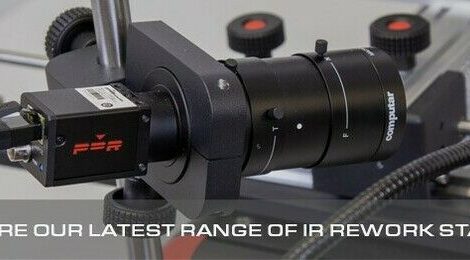VisIC Technologies, a provider of in D-Mode GaN HEMT semiconductors, has announced its newest generation of power semiconductors. The company says these offer better than SiC efficiency in hard-switching applications. Using GaN on ordinary Silicon wafers, these chips offer industrial low-cost and high-volume qualities, overcoming major obstacles associated with SiC.
VisIC’s Gen 2 GaN power devices V05 are rated 650V/5mOhm, which is the world industry benchmark, are available in bare die, discrete package devices and will be mounted into power modules to deliver more than 600Arms current for drive train inverter applications. The VisIC Gen 2 is an evolution of the Gen 1 650V/8mOhm V08 and Gen 1+ 650V/6mOhm V06 to provide enhanced performance in customer applications.
“We are proud that we could convince a large European OEM to make use of the advantages of our D³GAN Technology, using our Gen 1 VM022 power module,“ said Dieter Liesabeths, SVP of Product. “Now, the new generation enables us to go to over 600A, increasing customer performance and outpacing Silicon and SiC products.”
Beside their Asian supply chain for D3GAN products, VisIC is also setting up a European supply chain based on 8” (200mm) wafers to satisfy the demand for the GaN based inverters rolled out from 2027. The development of 12” (300mm) GaN-on-Silicon wafers will further drive cost reduction and volume availability of products beyond 2030, supplying a world market of over $4B of GaN based power products.
“Our target is to enable OEM and Tier 1 to introduce GaN based inverters in the 400V area and to overcome supply constraints, especially in SiC,” said Tamara Baksht, CEO of VisIC Technologies. “As a young and fast-growing start-up, we are delighted to work together with more than 4 out of the top 10 car OEM manufacturers in the world to achieve a greener and CO2 reduced production of inverters, by using existing cost-efficient silicon-based substrates with GaN Epitaxy and HEMT structure to provide equal or better-than-SiC performance.”
New technologies, like embedded power PCB, will unlock the full potential of the new GaN devices with an ultra-low inductance of sub 1nH. Through our intensive cooperation with leading industry partners, we are reducing oscillation and overshoot of applications, allowing for safer control of the fast-switching devices.












